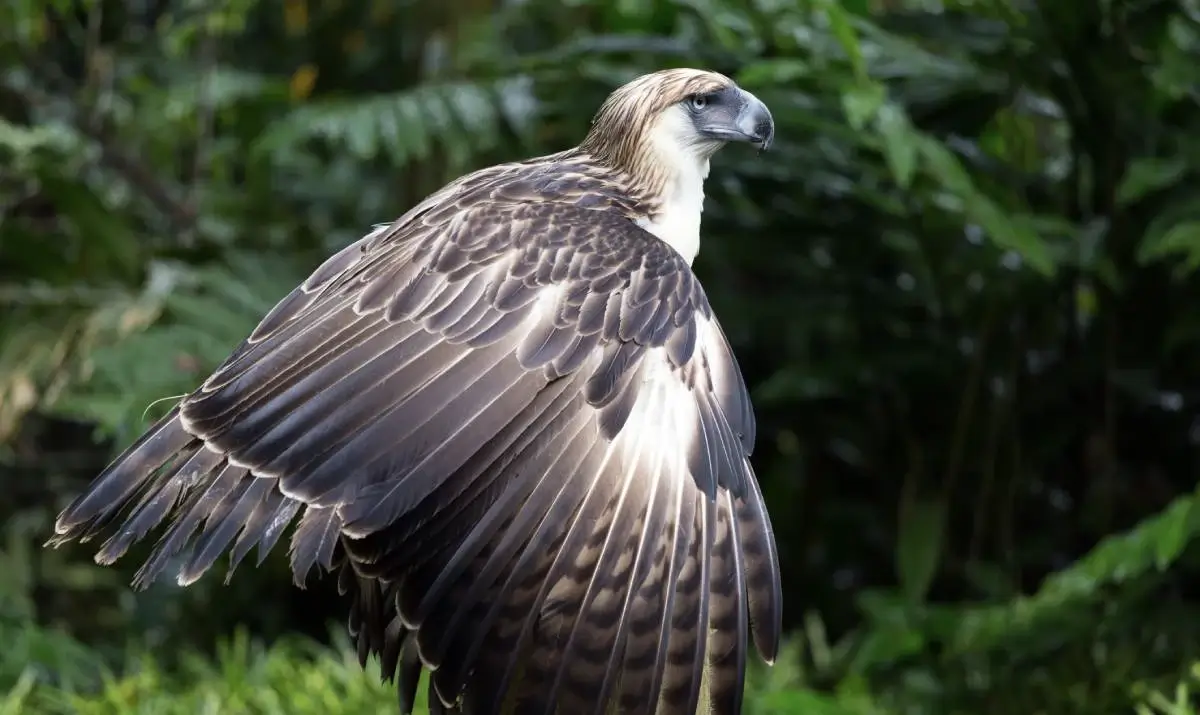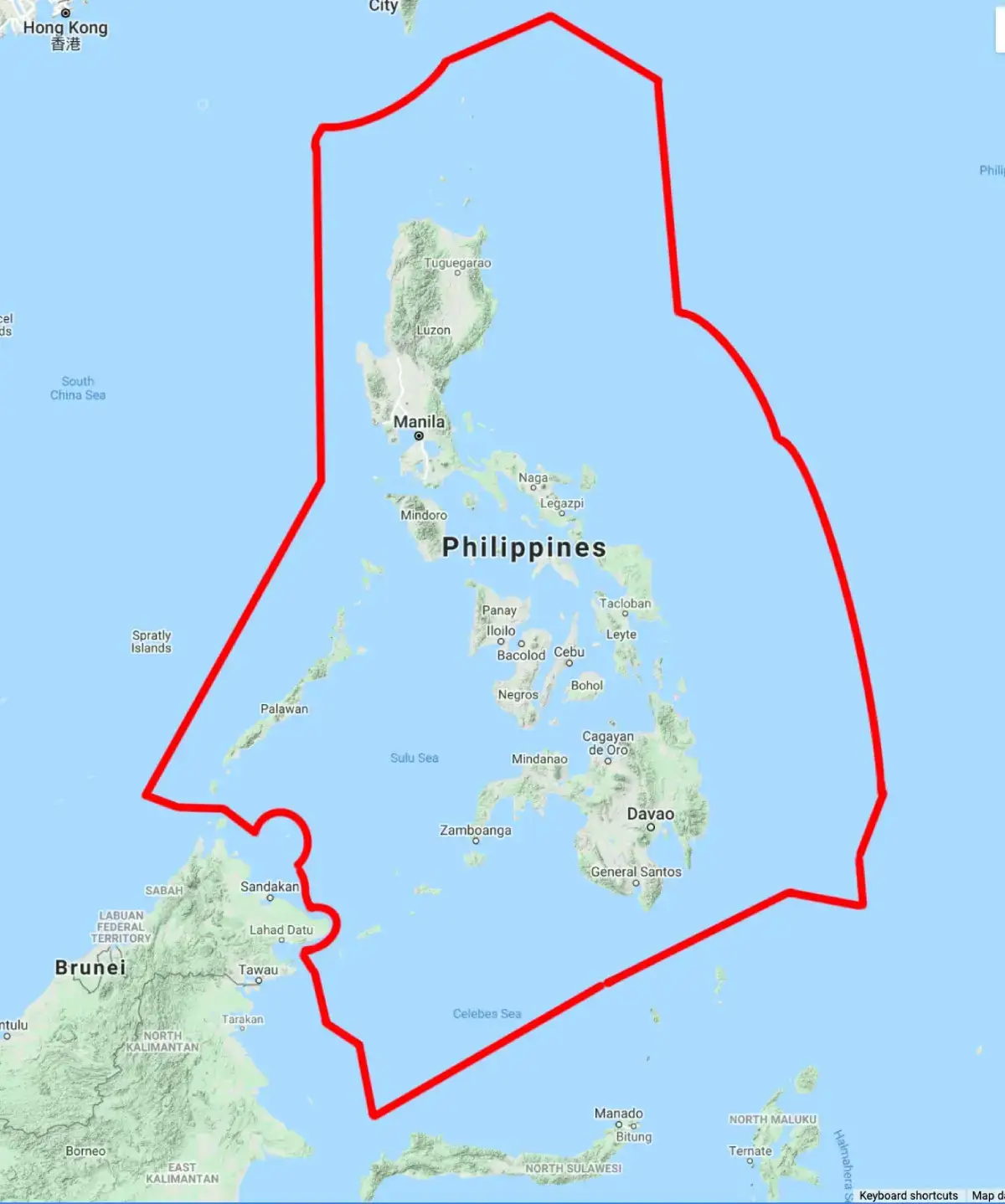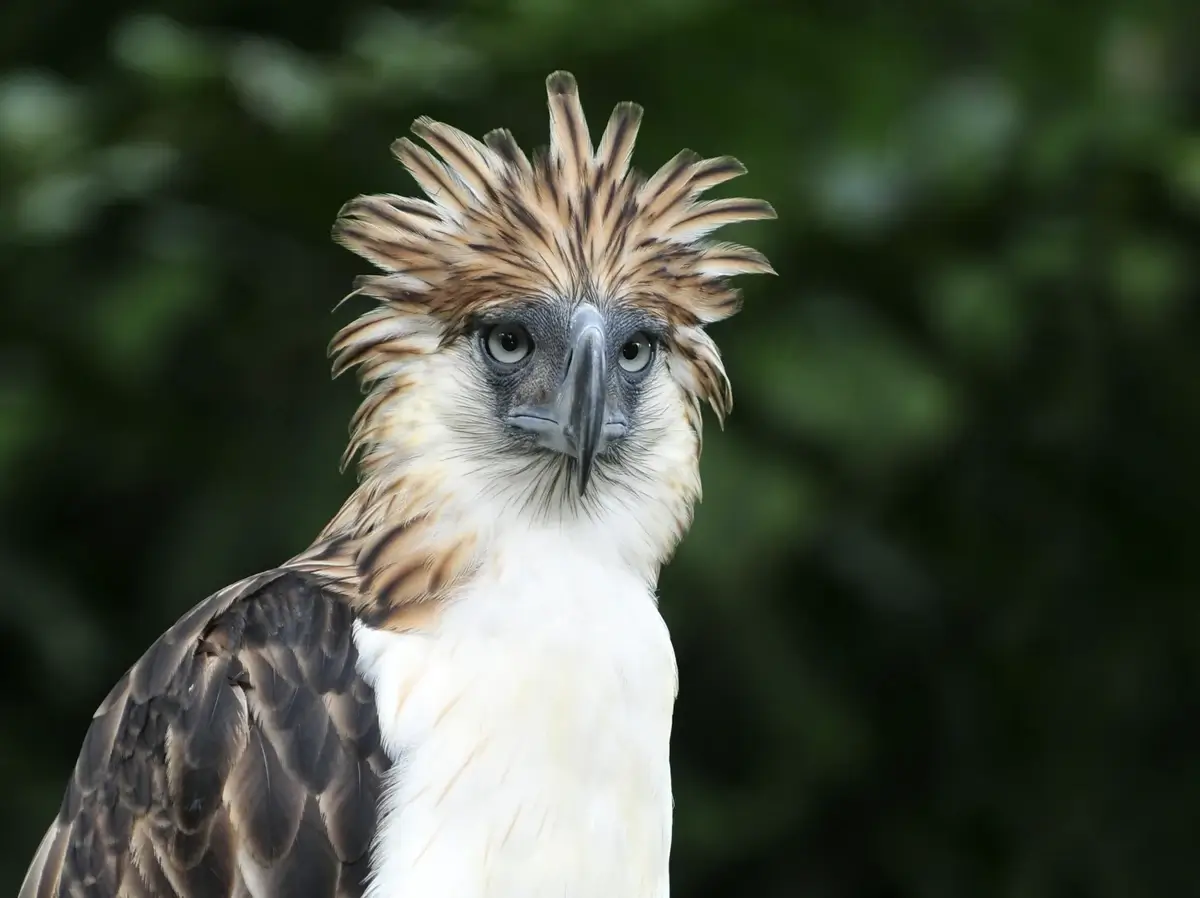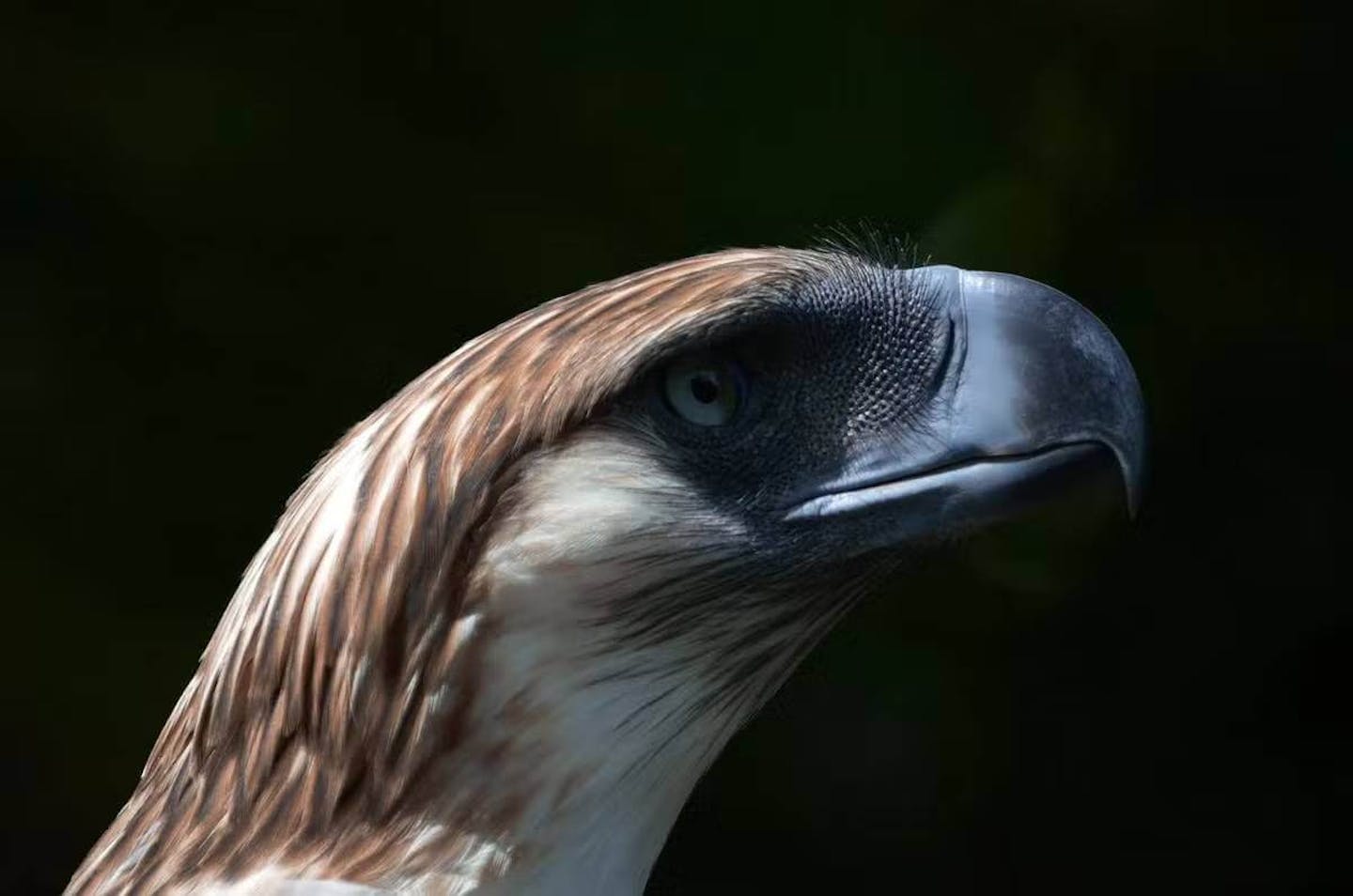Giant Philippine eagle: the world's largest eagle known as the 'monkey eater'
- Nature Conservation
- Land Conservation
- Iconic Species
- Wildlife
- Birds
- Southeast Asian Forests
- Indomalaya Realm
One Earth’s “Species of the Week” series highlights an iconic species that represents the unique biogeography of each of the 185 bioregions of the Earth.

In the humid rainforests that blanket the mountainsides of the Philippine islands lives what the natives of Bonga, Samar, call the ‘monkey-eating eagle.’ Legend has it that swooping through the thick mist is a bird as big as a man that preys upon the islands’ macaques. While monkey-eating is limited, the giant Philippine eagle does seem to be a creature straight out of folklore with an average wingspan of over two meters (7ft).

The giant Philippine eagle is the critically endangered Iconic Species of the Philippines & Sulu Sea Tropical Forests Bioregion (IM15).
Considered the largest eagle in the world in terms of length and wing surface, the giant Philippine eagle averages one meter in height (3 ft) from the tip of its crown feathers to its tail. Only the harpy and Steller’s sea eagles outweighs the Philippine eagle in terms of mass. Still, the Philippine eagle ranges from 3.6 - 8.2 kilograms (8-18 lb).
The eagle’s back plumage has long, brown feathers with a white underside, and both colors surround its face. Giant Philippine eagles have blue-grey eyes that see eight times more clearly than humans paired with a high-arching, bluish beak. Sharp, powerful talons further assist in hunting.
As apex predators, giant Philippine eagles help the rainforest ecosystem thrive by keeping mammal, lizard, and bird populations in check. Their average diet includes flying lemurs, squirrels, fruit bats, rats, snakes, monitor lizards, owls, and hornbills. While Philippine eagles occasionally eat monkeys, the local macaques are about equal in size to the eagles and, therefore, potentially dangerous prey.

Historically, giant Philippine eagles have been labeled as purely vicious, but their breeding customs seem contrary to this classification. Once paired, Philippine eagles mate for life. Female eagles mature at five years of age and males at seven. Courtship starts with the male chasing the female in the air. He then presents his talons. If receptive, the female will flip on her back midair to reveal hers. Once both claws are mutually approved, they build their nest together.
Each Philippine eagle brings materials until the nest is complete, and then copulation can begin. Females lay one egg every two years. The egg is incubated alternately by both eagle parents for about sixty days. Male eagles do most hunting during the first months of the eaglet’s life while the female stays with the young. Both parents raise the offspring until they can make it independently before producing again.
Deforestation and habitat loss are the most significant threats to the species. With an infrequent breeding cycle and each Philippine eagle pair needing 4,000-11,000 hectares of territory to thrive properly, the population is decreasing at a rapid rate. As the declared national bird of the Philippines, awareness of the eagle’s plight is spreading, and projects are helping conserve its habitat.
Interested in learning more about the bioregions of Indomayala? Use One Earth's interactive Navigator to explore bioregions around the world.
Launch Bioregion Navigator


